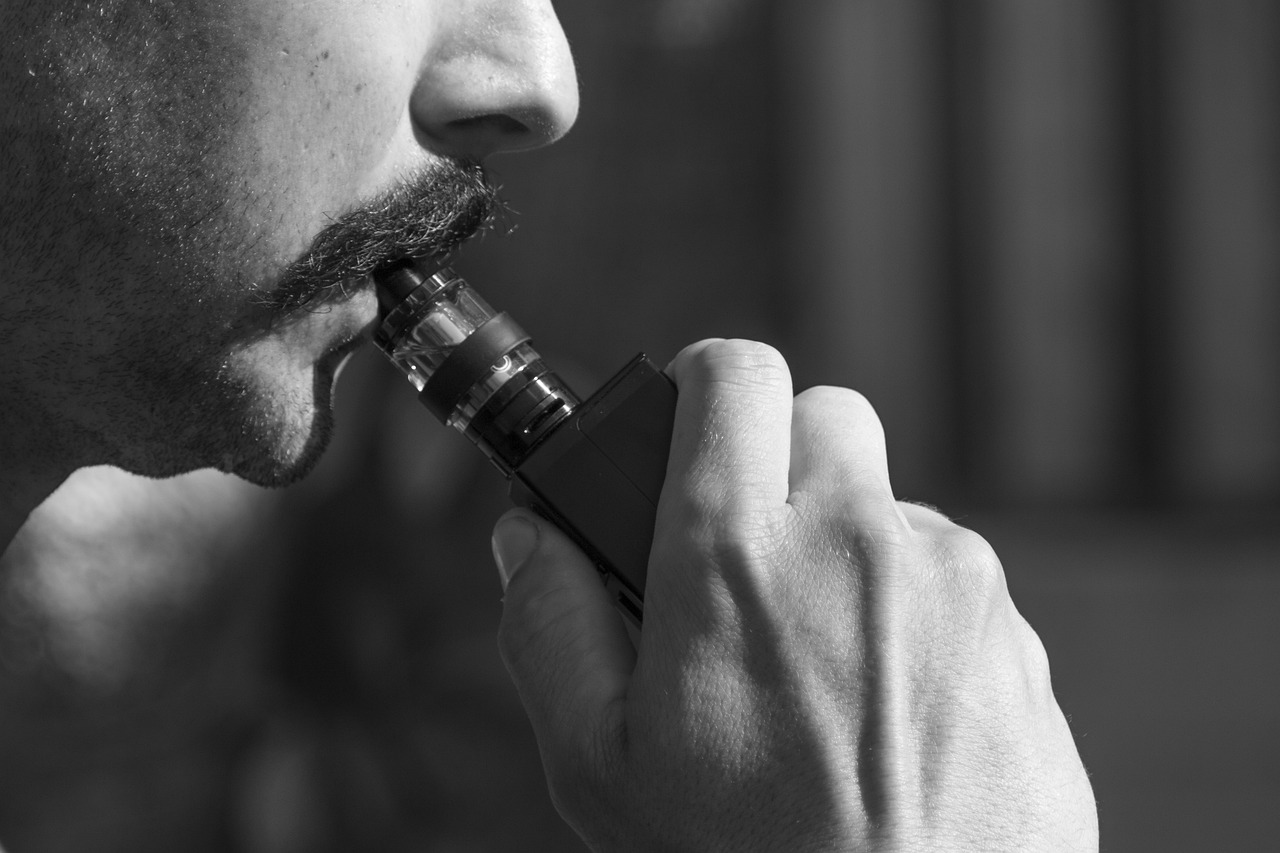Vaping has become a popular alternative to smoking in recent years, but its impact on public health remains a contentious topic. Misinformation and myths abound, creating confusion among the public about the actual risks and benefits of vaping.
This blog aims to separate fact from fiction, providing an in-depth analysis of the public health implications of vaping. By addressing common myths and presenting factual information, we hope to offer a clearer understanding of vaping and its role in public health.
Understanding Vaping
Vaping involves inhaling vapor produced by an electronic device known as an e-cigarette or vape. These devices heat a liquid (commonly called e-liquid or vape juice) that typically contains nicotine, flavorings, and other chemicals. Unlike traditional cigarettes, e-cigarettes do not burn tobacco, which is a significant source of harmful toxins in conventional smoking.
The Rise of Vaping
E-cigarettes first appeared on the market in the mid-2000s as a safer alternative to smoking. Since then, they have grown in popularity, particularly among young adults and smokers looking to quit. Despite their widespread use, vaping remains a subject of intense debate, with conflicting opinions on its safety and public health impact.

Vaping and Public Health: The Facts
1. Vaping vs. Smoking: Comparative Risks
Fact:Vaping is generally considered less harmful than smoking traditional cigarettes.
Multiple studies indicate that e-cigarettes expose users to fewer toxicants compared to combustible cigarettes. Public Health England, for instance, has reported that vaping is at least 95% less harmful than smoking. Traditional cigarettes contain thousands of harmful chemicals, many of which are carcinogenic. In contrast, e-liquids typically contain fewer and less harmful substances.
2. Nicotine Addiction
Myth:Vaping is harmless because it contains no nicotine.
Fact: Many e-liquids contain nicotine, which is addictive.
While it is true that nicotine is the primary addictive substance in both traditional cigarettes and many e-liquids, not all e-liquids contain nicotine. Nicotine-free options are available for those who wish to avoid it. However, for smokers looking to quit, e-cigarettes can offer a controlled way to reduce nicotine intake gradually.
3. Health Risks of Vaping
Myth:Vaping has no health risks.
Fact:Vaping is not entirely risk-free.
While vaping is less harmful than smoking, it is not without risks. E-cigarettes can expose users to potentially harmful substances, including heavy metals, volatile organic compounds, and other toxicants. However, the levels of these substances are generally much lower than those found in cigarette smoke. Long-term effects of vaping are still being studied, but current evidence suggests that it is significantly less damaging than smoking.
4. Secondhand Vapor
Myth: Secondhand vapor is as harmful as secondhand smoke.
Fact: Secondhand vapor poses less risk than secondhand smoke, but it is not completely harmless.
Secondhand vapor from e-cigarettes contains fewer harmful chemicals than secondhand smoke from traditional cigarettes. However, it can still contain nicotine and other substances that may pose health risks to bystanders. While the risk is lower, it is still advisable to avoid exposing non-smokers and especially vulnerable populations, such as children and pregnant women, to secondhand vapor.
5. Youth Vaping Epidemic
Myth:Vaping is a significant cause of nicotine addiction among youth.
Fact: Youth vaping rates have raised concerns, but it's essential to consider the broader context.

The rise in youth vaping has led to fears of a new generation becoming addicted to nicotine. Surveys indicate that many young people experiment with e-cigarettes. However, it's important to note that while experimentation is relatively common, regular use is less so. Public health efforts focus on preventing youth access to e-cigarettes and educating young people about the risks of nicotine addiction.
Public Health Implications
1. Smoking Cessation Tool
Fact:Vaping can be an effective tool for smoking cessation.
Many smokers have successfully used e-cigarettes to quit smoking. Vaping allows smokers to mimic the physical act of smoking while gradually reducing nicotine intake. Studies have shown that e-cigarettes can be more effective than nicotine replacement therapies like patches or gum in helping smokers quit.

2. Harm Reduction Strategy
Fact:Vaping can serve as a harm reduction strategy for current smokers.
For smokers who cannot or do not want to quit nicotine altogether, switching to vaping can significantly reduce their exposure to harmful chemicals. This harm reduction approach acknowledges that while quitting all nicotine use is the ideal goal, reducing harm through safer alternatives is a positive step.
3. Regulation and Safety Standards
Fact: Proper regulation and safety standards are crucial for minimizing risks associated with vaping.
Effective regulation of the vaping industry is essential to ensure product safety and protect public health. This includes setting standards for e-liquid ingredients, manufacturing practices, and marketing restrictions to prevent youth access. Countries with strict regulations have seen better public health outcomes related to vaping.
Debunking Common Myths
- Myth: VapingCauses Popcorn Lung
Popcorn lung, a serious lung disease, has been linked to diacetyl, a flavoring chemical found in some e-liquids. However, most reputable e-liquid manufacturers no longer use diacetyl, and the levels found in e-liquids are generally much lower than those found in traditional cigarette smoke.
- Myth: VapingLeads to Smoking
The "gateway" theory suggests that vaping may lead non-smokers, especially youth, to start smoking traditional cigarettes. However, evidence for this theory is limited. Most vapers are former smokers or those trying to quit smoking, and the majority of non-smoking youths who try vaping do not go on to become regular smokers.
- Myth: E-Cigarettes Explode Regularly
While there have been reports of e-cigarette batteries exploding, these incidents are rare and often due to improper use or faulty products. Following manufacturer instructions and using reputable products can minimize the risk of battery malfunctions.
Conclusion: Informed Choices for Better Health
Understanding the facts about vaping and public health is essential for making informed decisions. While vaping is not entirely risk-free, it is significantly less harmful than smoking traditional cigarettes. For smokers, vaping can offer a viable pathway to quitting or reducing harm. Proper regulation and continued research are crucial to maximize the benefits and minimize the risks associated with vaping.
For businesses looking to provide top-notch disposable vapes to their customers, Atingbar offers a wide range of high-quality products. Partner with Atingbar to ensure your customers have access to the best disposable vapes on the market. Visit Atingbar today to learn more and elevate your business with superior vaping solutions.







Dejar un comentario
Todos los comentarios se revisan antes de su publicación.
Este sitio está protegido por hCaptcha y se aplican la Política de privacidad de hCaptcha y los Términos del servicio.